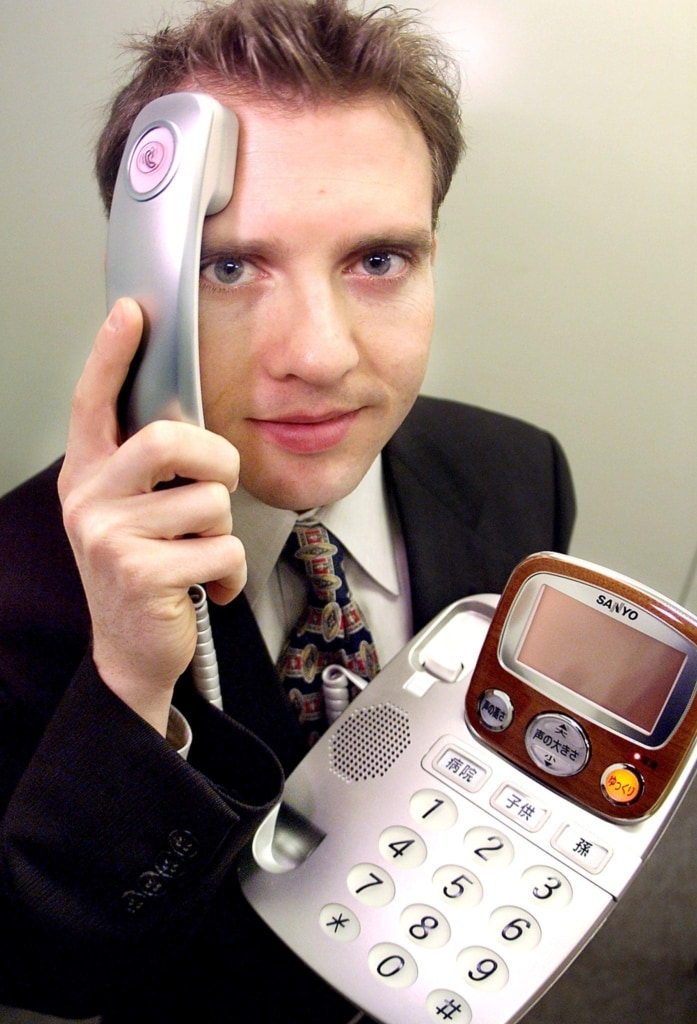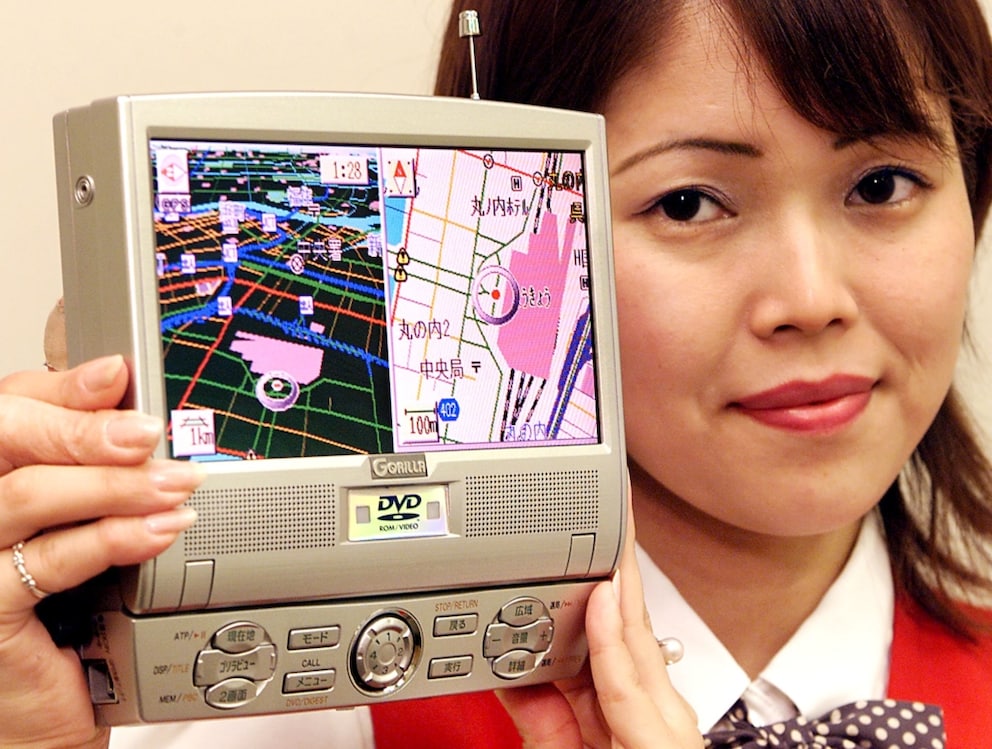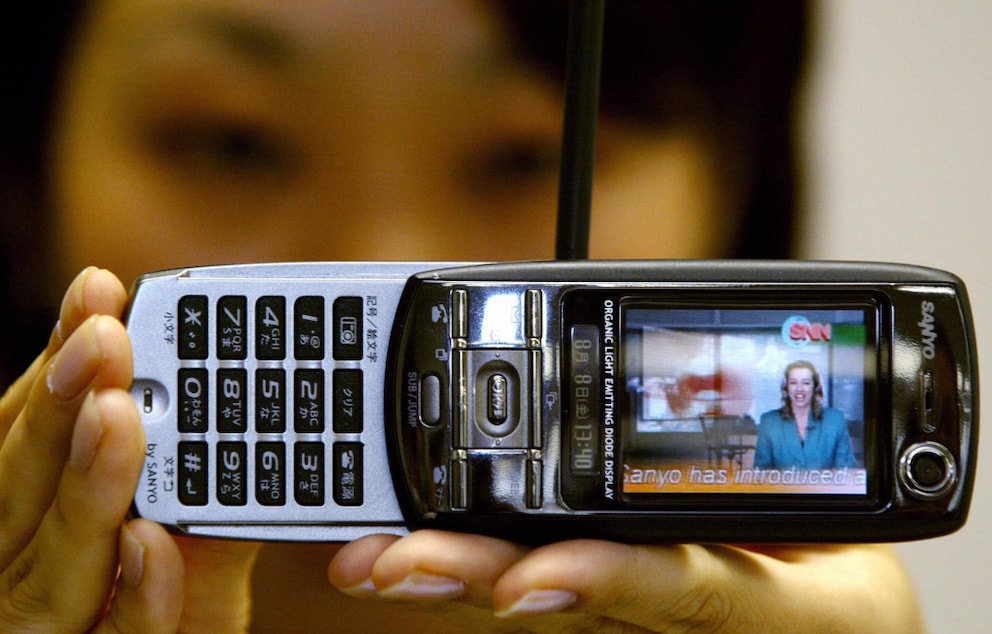June 23, 2025, 4:10 am | Read time: 6 minutes
Once, Sanyo Electric Co. Ltd. was one of Japan’s leading providers, especially in consumer electronics. Today, only the name remains of this big player.
Older readers, in particular, may remember Sanyo turntables, receivers, or stereo recorders, which were among the top in the hi-fi sector in the 1970s. Sanyo was also a leading provider in battery and rechargeable battery technology. However, later came the deep fall. Natural disasters and poor management decisions eventually led to the breakup of the company.
The Rise Began with Bicycle Bulbs
Sanyo was founded in 1947 by Japanese entrepreneur Toshio Iue in Moriguchi, Osaka Prefecture. Iue’s career had begun years earlier at the electrical factory of Konosuke Matsushita, which produced bicycle bulbs. Matsushita Electric Industrial Co. Ltd. would rise to become a global corporation in the coming decades and has been known as Panasonic since 2008, a name more familiar in Germany.
Konosuke, who was married to one of Iue’s sisters, initially offered his brother-in-law a position as a salesman in his company. Later, Iue married one of Matsushita’s sisters, further strengthening family ties. When Iue decided in 1947 to enter the market with his own production of bicycle lamps, his brother-in-law supported him, even providing one of his vacant electrical factories. Whether this was purely out of family loyalty is unclear today. It’s possible that U.S. authorities pressured Matsushita to slow his rapid ascent as one of Japan’s leading business figures. The U.S. occupied Japan until 1951.
Big Plans for the New Company
Like Matsushita before him, Iue found success with bicycle lamps, leading him to establish Sanyo Electric Co. Ltd. in 1950. The name itself indicates his grand vision. Sanyo means “three oceans,” expressing his intent to eventually export his products worldwide. Initially, he launched Japan’s first radio with a plastic casing in 1952. Shortly thereafter, he introduced the first washing machine that sprayed water and detergent onto clothes.
This technology saves water and energy while gently cleaning clothes. In the early 1960s, Sanyo pioneered the development of nickel-cadmium batteries, increasingly needed by a modernizing society.

Expansion into Other Markets
Simultaneously, the company began diversifying, establishing production facilities worldwide and increasingly positioning itself internationally. The lucrative North American market was targeted, and Howard Ladd, an American, was appointed Executive Vice President of Sanyo Corporation. Ladd led the company with a strategy focused primarily on consumer electronics production, including TVs, cameras, hi-fi equipment, car radios, radio recorders, digital wristwatches with calculators, etc. This strategy led to success not only in the U.S. but also in the European market.
In 1975, Ladd also oversaw the acquisition of Fisher Electronics. The established U.S. brand quickly rose as a Sanyo subsidiary (Fisher Corporation under Sanyo) to become a market leader in the consumer electronics sector with products like the Fisher PH-492 Boombox and its successors. This resulted in a significant increase in revenue. Sanyo’s revenue, which was around $71 million in 1972, rose to $855 million by 1978. Ladd himself was appointed President and CEO of Sanyo/Fisher Corporation in 1977.
Also interesting: Who is actually behind the Blaupunkt brand?
Japan’s 3S: Sanyo on Par with Sony and Sharp
Sanyo was also present in the new video technology sector. With V-Cord, it initially positioned its own format against competitors like Sony with Betamax and JVC/Matsushita (known as Panasonic since 2008) with VHS. However, as it became clear that the so-called “video format war” for the gold standard in video technology would be decided between VHS and Betamax, Sanyo abandoned V-Cord. Sanyo was also involved in the growing computer enthusiasm. In 1983, it introduced the desktop model MBC-550, touted as the “cheapest IBM-compatible personal computer.” However, the IBM compatibility of Sanyo PCs was limited, leading the company to exit the PC market by 1986.
In the 1990s, the “Sanyo Style” attracted attention. To internalize the Sanyo corporate culture from the start, new employees lived together around the clock for five months. Besides job-specific requirements, social aspects like personal grooming and appropriate attire for interactions with colleagues and superiors played a significant role. The company’s success seemed to validate this approach, as it developed the world’s first hybrid solar cell in the 1990s and held a 42 percent market share in lithium-ion batteries by 2002. Sanyo was now among Japan’s “3S,” the country’s largest electronics providers, alongside Sony, Sharp, and Sanyo itself.

An Earthquake Puts Sanyo in Trouble
Despite its high achievements in previous decades, Sanyo soon faced a steep decline. The fall was triggered by the devastating Chuetsu earthquake in 2004, which literally leveled key parts of its production facilities. The lack of insurance coverage for the damage led to significant profit losses in 2004 and 2005. To address the crisis, the “Sanyo Evolution Project” was launched. This restructuring plan aimed to transform Sanyo into a company that could address contemporary issues through the production of batteries, solar cells, and batteries for early hybrid cars like the Honda Insight and Ford Escape Hybrid. Additionally, expanding the consumer electronics division (now including mobile phones, tablets, digital cameras, projectors, etc.) was intended to help achieve a turnaround.

What You Should Know About Panasonic

Why Sony Ericsson’s smartphones failed

What actually happened to the record player manufacturer Dual?
Acquisition by Panasonic
Although Sanyo maintained its market leadership in lithium batteries, it had to announce further major losses and a massive reduction in workforce by the end of 2006. Consequently, in 2008, it first sold its mobile phone division to Japanese competitor Kyocera. At the end of 2008, Sanyo and Panasonic confirmed the acquisition in a joint statement. The purchase of 50.2 percent of Sanyo shares in early 2009 sealed the deal, and only a year later, Panasonic acquired the remaining shares. This nearly marked the end of the company, which had, in a way, originated from Panasonic. In the following years, Panasonic sold off additional Sanyo divisions, such as the consumer electronics division, which was acquired by the Chinese Haier Group, a multinational corporation.

Today, Sanyo as a company, as it was known, no longer exists. The name is only used as a label to convey the quality standards Sanyo once stood for. However, Sanyo remains a recognized name in one area. The independently established Sanyo Denki Co. Ltd., founded in 1927, is a leading manufacturer of electrical and electronic components for fans, motors, and drive systems. Since 2005, it has been represented in Germany, Austria, and Switzerland as Sanyo Denki Germany GmbH.

